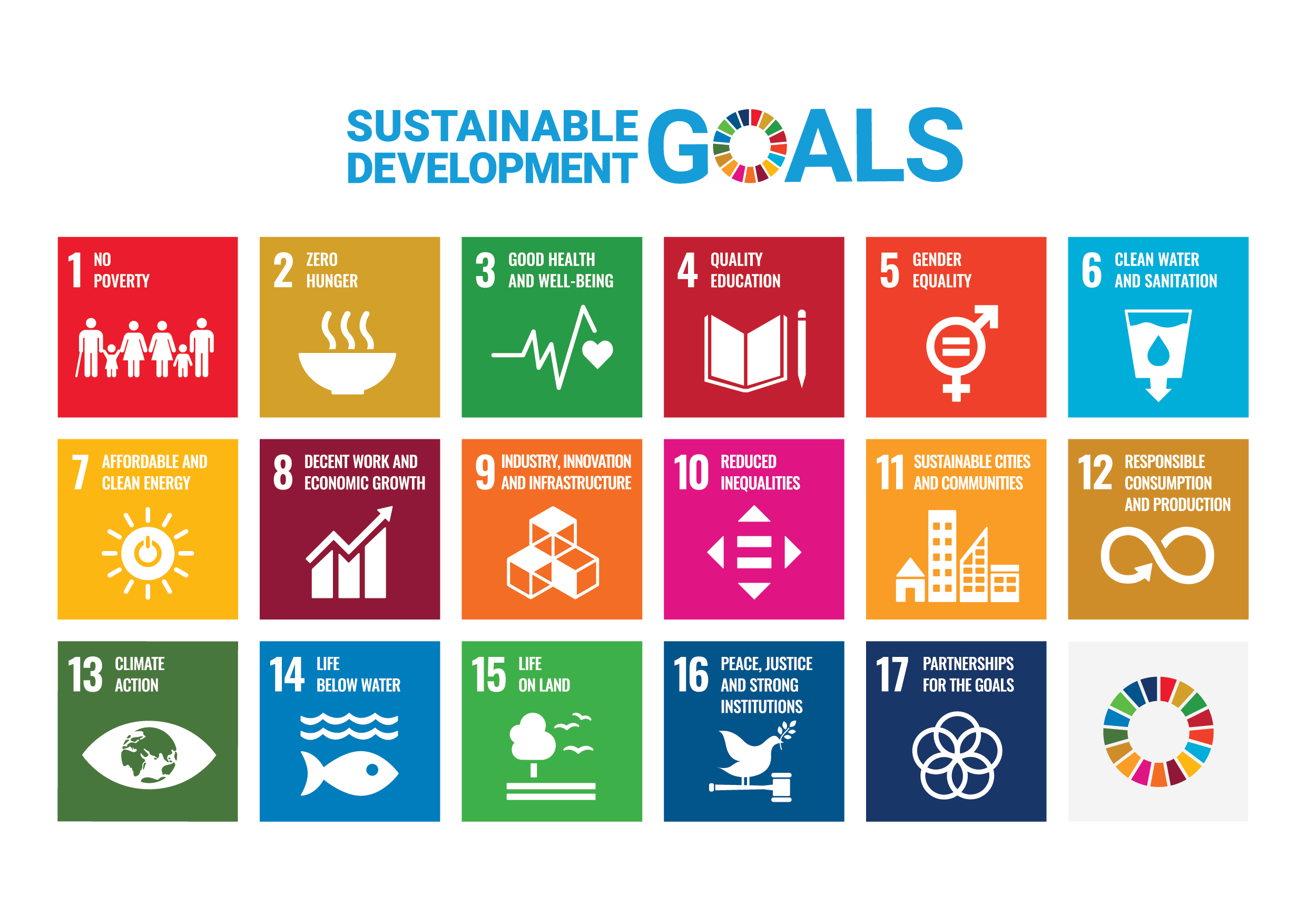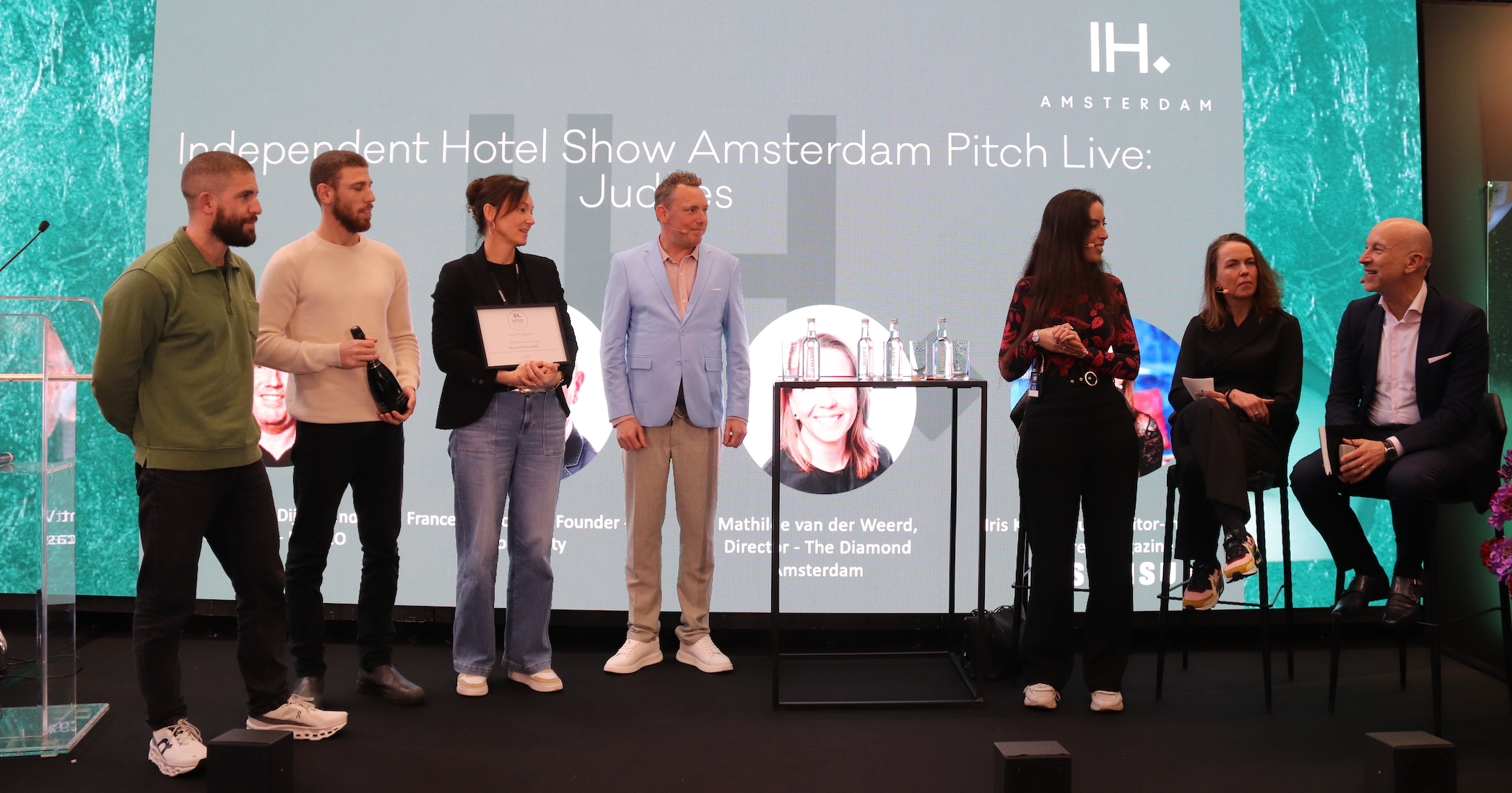We all want the world to be better than it is. In some ways, we’ve made incredible progress. But in others, there is still much that we must do. Creating a framework for progress isn’t always easy. For many, it feels like there is no end to ways to focus their efforts. And no goalpost to look forward to.
When we first heard about the SDG’s, it felt like an ambitious mission. To reduce the plethora of subjects for improvement to 17 goals. Still, the SDG’s have been lauded as a good step. Since they were created, they’ve helped governments, businesses, and people guide their actions towards a common point on the horizon.
But what are the SDG’s? And how do our cork products play a role in realizing them? These are questions that we get often. It might surprise you, but cork insoles don’t only support you. They support your SDG goals as well. And to understand how, you’ll need to know a bit more about cork. So today, we’d like to share with you, how Primal Soles furthers the SDG’s. And how you too can help achieve a better future.

What are the SDGs?
The Sustainable Development Goals (SDGs) are a universal call from the UN to end poverty, protect the planet, and make sure that all people enjoy peace and prosperity. They are a set of 17 interconnected goals designed to be a “blueprint to achieve a better and more sustainable future for all” by the year 2030. The goals are as follows:
- No Poverty: To end poverty in all its forms everywhere.
- Zero Hunger: To end hunger, achieve food security, improve nutrition, and promote sustainable agriculture.
- Good Health and Well-being: To make sure everyone at all ages lives a healthy life.
- Quality Education: To provide inclusive and equitable education, and to promote lifelong learning opportunities for all.
- Gender Equality: To achieve gender equality and to empower women and girls.
- Clean Water and Sanitation: To provide availability and sustainable management of water and sanitation to all.
- Affordable and Clean Energy: To give everyone access to affordable, reliable, sustainable, and modern energy.
- Decent Work and Economic Growth: To promote sustained, inclusive and sustainable economic growth, full and productive employment, and decent work.
- Industry, Innovation, and Infrastructure: To build resilient infrastructure, promote inclusive and sustainable industrialization, and foster innovation.
- Reduced Inequality: To reduce inequality within and among countries.
- Sustainable Cities and Communities: To make cities and human settlements inclusive, safe, resilient, and sustainable.
- Responsible Consumption and Production: To make sure consumption and production patterns are sustainable.
- Climate Action: To take urgent action to combat climate change and its impacts.
- Life Below Water: To conserve and sustainably use the oceans, seas, and marine resources for sustainable development.
- Life on Land: To protect, restore, and promote sustainable use of terrestrial ecosystems, sustainably manage forests, combat desertification, and halt and reverse land degradation and halt biodiversity loss.
- Peace, Justice, and Strong Institutions: To promote peaceful and inclusive societies for sustainable development, provide access to justice for all, and build effective, accountable, and inclusive institutions at all levels.
- Partnerships to reach the goals: To strengthen the means of implementation and revitalize the global partnership for sustainable development.
These goals are integrated. So interventions in one area will affect outcomes in others. The idea is that development must balance social, economic, and environmental sustainability.

Which SDGs are influenced by cork?
SDG 12: Waste diversion
Over 1 million insoles end up in a landfill every year. And that’s just counting the non-recyclable ones. Our mission is to first and foremost get rid of this waste. By demonstrating to these 1 million insole users, that there is a better way. One that is more sustainable. More comfortable. And, in the end, more responsible.
To choose that path is to choose Primal Soles. Instead of producing in a way that is unsustainable in the long term, we divert waste back to the factory. There, the used insoles are cleaned and reused to make the bottoms of new insoles. To add to that, the cork is farmed sustainably as well. Harvesting the cork doesn’t hurt the tree and actually stimulates Co2 absorption from the environment.
SDG 13: Climate Action
Much of climate action is oriented towards lowering consumption. And for many products, not consuming is simply better for the environment. But not when it comes to Primal Soles. The more we produce, the more CO2 we remove from the environment. How does that work? Well, our production process is carbon negative. For every ton of cork we produce, we remove 73,000 KG of CO2 from the atmosphere.
We are also accredited with the Carbon Seal. This award demonstrates that our business processes have a net positive impact on the environment.
SDG 15: Biodiversity uplift
The cork we use for Primal Soles comes from the Portuguese cork oak forests. But they’re not planted in a straight grid, like many trees that are meant for industrial purposes. The cork oak forests look nothing like the depressing monocultures we often see in those cases. Instead, the cork oak forest is a thriving ecosystem that’s home to over 200 species of animals and 135 species of plants.
So by keeping the cork oak forests intact, we provide all those animals and plants with a home. And we help create a diverse ecosystem that self-balances. Much like our cork insoles improve your balance as well.

It might not look like it, but this is the Iberian Lynx version of ecstatic.
To conclude, Primal Soles plays its part in reducing the negative impacts of our progression as humans. And that part can be concretely linked to the SDGs that most institutions use to measure sustainable progress. The SDGs are all interlinked, so there are cases to be made that we impact other SDGs as well. Primal Soles are proven to improve your health and wellbeing, for instance. And we make sure the whole value chain is fairly compensated for their work.
But ultimately, the important thing is that we enact positive change. And by using Primal Soles, you join our mission. So why not take a step towards a greener and more responsible future? Especially if it’s the comfortable step Primal Soles give you. One that feels like you’re walking on clouds.
Support cork. And let the cork support you.
Author Bio
 Sanjay Ghosh is an SEO-copywriter, and he never walks anywhere without a pair of Primal Soles. With a focus on sustainable innovation during his Master’s at the University of Groningen, he helps make the world more sustainable one blog at a time. Find out more on his website.
Sanjay Ghosh is an SEO-copywriter, and he never walks anywhere without a pair of Primal Soles. With a focus on sustainable innovation during his Master’s at the University of Groningen, he helps make the world more sustainable one blog at a time. Find out more on his website.



